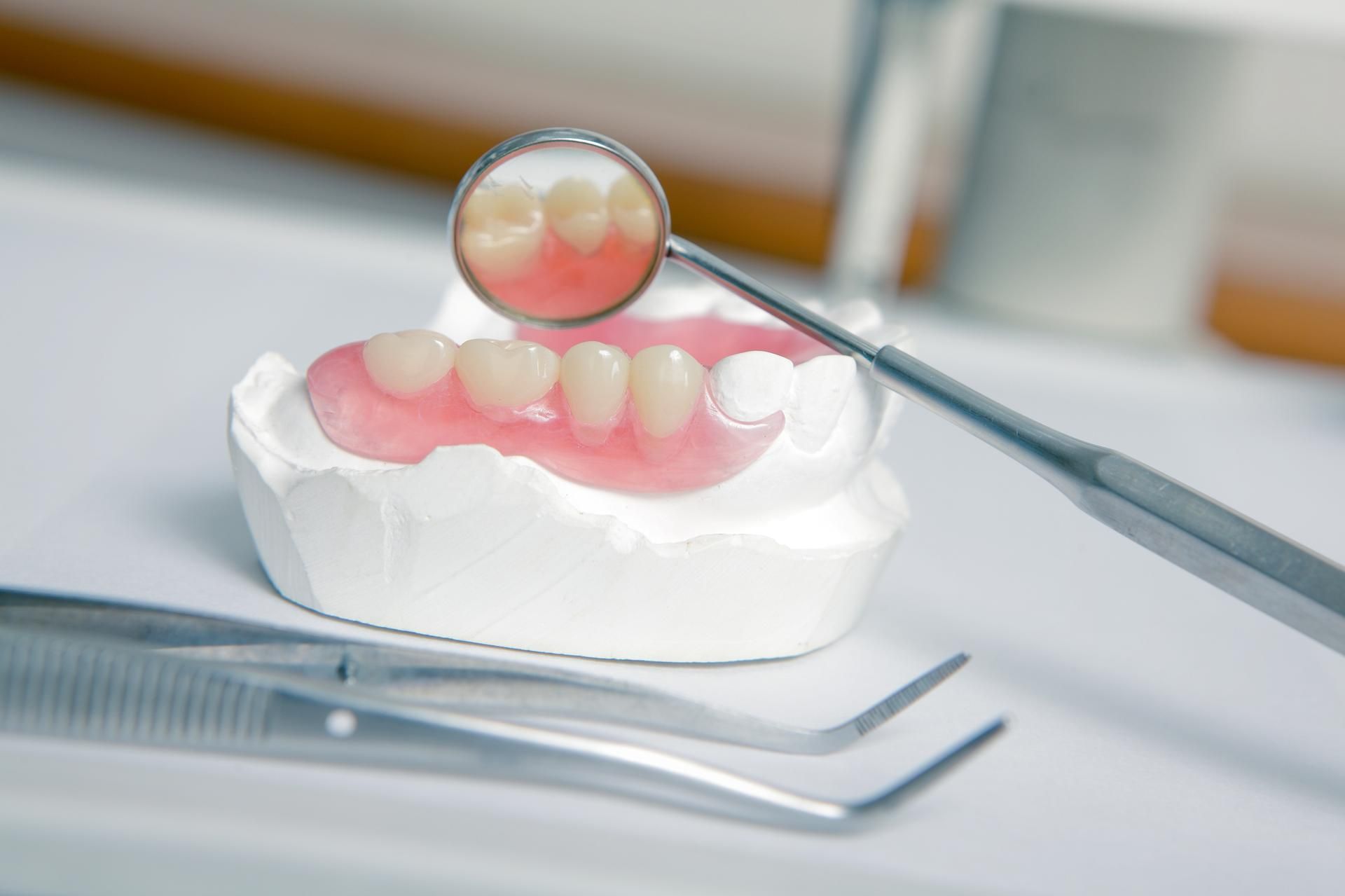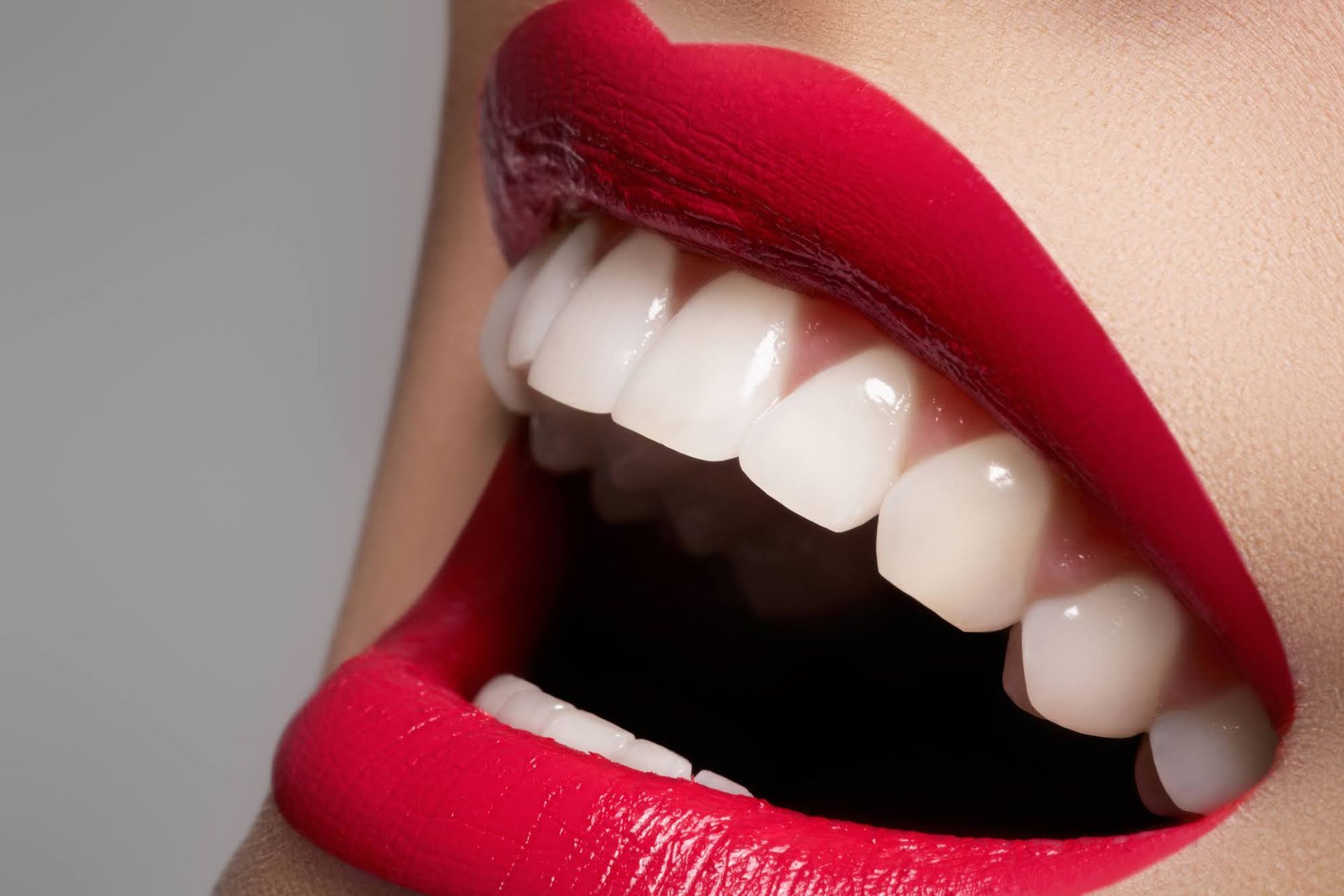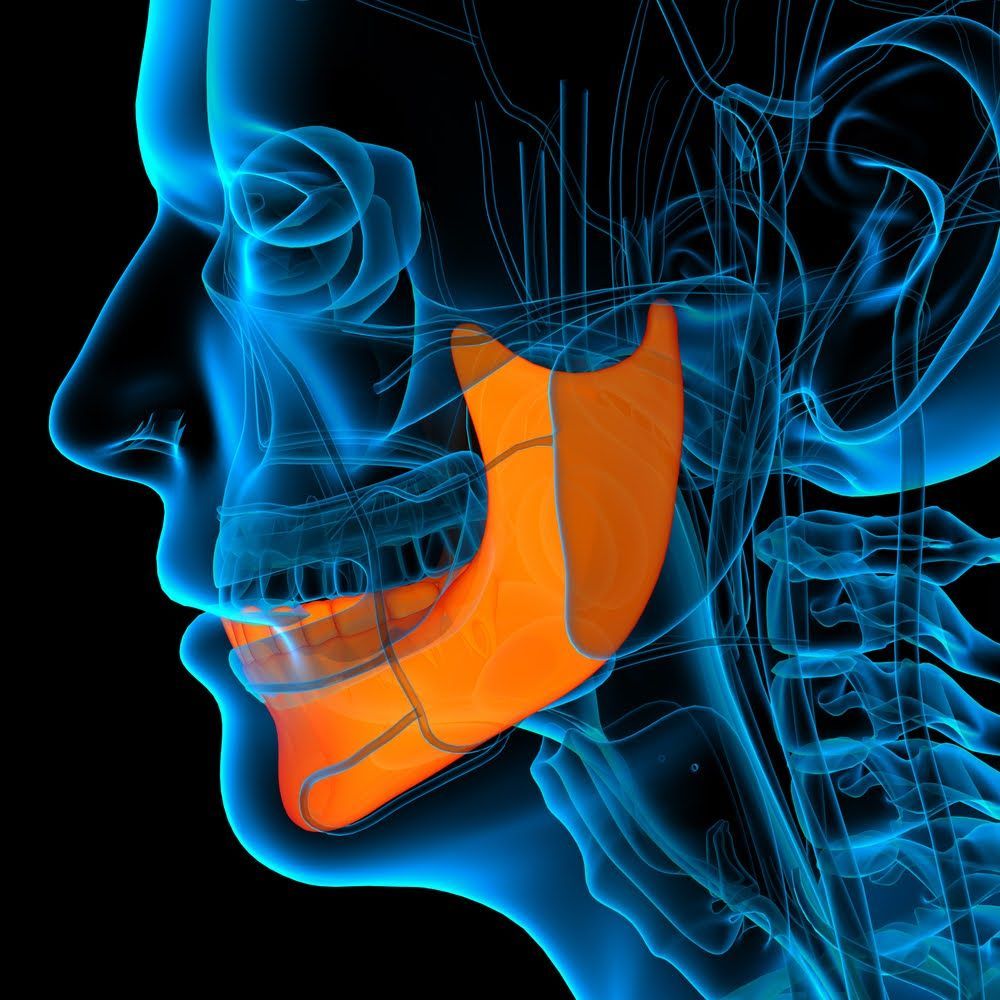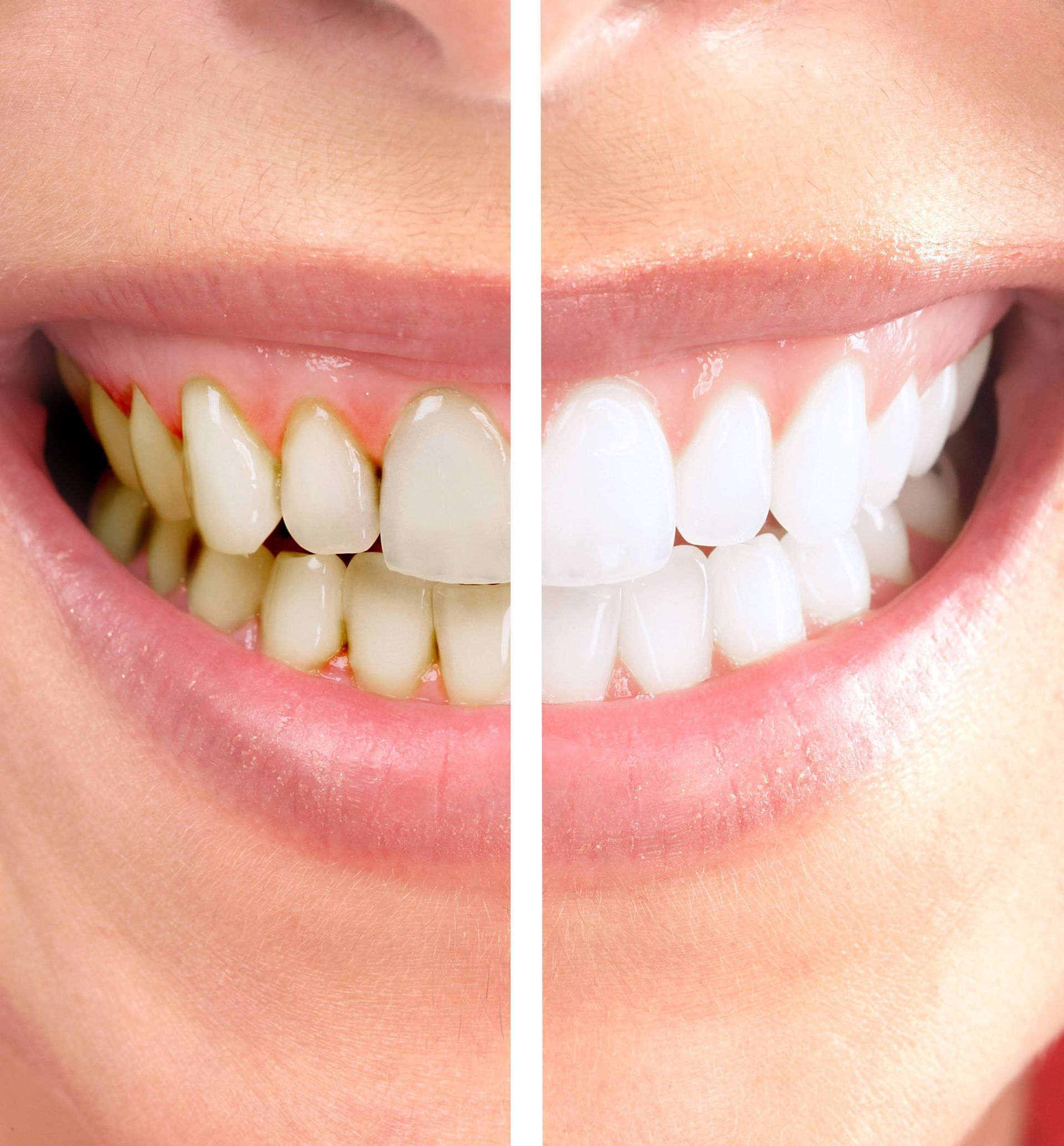4 Soft Tissue Procedures to Optimize Your Smile

When many people think of dentists and dentistry, they primarily envision evaluations and procedures focused on the teeth. However, modern dentistry includes a variety of advanced techniques for dealing with soft tissue problems in the gums and oral cavity, from the gum line and deeper gum tissues to the tongue.
If you struggle with problems related to your gums or other oral tissues, you'll want to know exactly how your dentist can help you overcome those problems. Take a look at four common soft tissue procedures that can get you smiling again.
Gingivectomy
A gingivectomy involves the removal of diseased or damaged gum tissue. Dentists often prescribe this procedure for people suffering from periodontal disease. With periodontal disease, chronic bacterial inflammation damages the tissues that hold the teeth in place, resulting in receding gums and loose teeth.
Gingivectomy can stop or greatly slow this destructive cycle. The dentist simply removes the diseased tissue, along with the bacteria that has triggered the disease in the first place. Modern laser surgery performs both steps simultaneously, destroying the bacteria on contact while also vaporizing diseased tissue.
Gingivoplasty
You may hear gingivoplasty referred to as gum recontouring or gum reshaping. Many people select this procedure purely for cosmetic purposes. If you have always disliked the overly gummy look of your smile, for instance, gingivoplasty can help you display more teeth and less gum tissue.
Gingivoplasty can also accompany functional dental restoration services. For example, you may have an uneven gum line following a gingivectomy, or you may need to remove excess gum tissue to help with the placement of permanent crowns. Either way, the dentist can use a scalpel or laser to reshape your gum line.
Gum Grafts
Unlike gingivectomy and gingivoplasty, both of which involve the removal of soft tissue from the gum line, a gum graft involves the addition of new, healthy gum tissue around the teeth. Dentists prescribe gum grafts to help preserve loose teeth or cover sensitive roots exposed by periodontal disease and/or other gum procedures.
The type of gum graft you receive will depend on your specific needs and circumstances. For instance, if you have plenty of healthy gum tissue near an area of gum recession, your dentist can perform a pedicle graft, freeing the extra neighboring tissue at one point and shifting the freed portion over to cover exposed roots.
If you need more gum tissue than your gums can provide, your dentist can take a small amount of soft tissue from the roof of your mouth. If you need connective tissue to help keep your teeth anchored, the dentist may open a flap in the roof of the mouth, remove a bit of underlying connective tissue, and then close the incision.
Frenectomy
You have probably felt or noticed a thin band of tissue connecting your tongue to the floor of your mouth. Dentists refer to this band of tissue as the lingual frenum. You also have a frenum that connects your lip to your gums, a structure known as the labial frenum.
When these structures assume abnormal lengths, they can cause some annoying problems. An overgrown labial frenum can interfere with normal tooth spacing, leaving you with a gap between your front teeth. A short lingual frenum can literally leave you tongue-tied by restricting your tongue's range of motion.
A frenectomy can help solve either of these issues. A state-of-the-art dental laser cuts the offending tissue quickly and efficiently, without causing significant discomfort or bleeding. If you already plan on correcting gapped teeth with braces or aligners, you may schedule a labial frenectomy to ensure good results.
Whether you need soft tissue surgery to address a dental disease or you simply want to enhance your smile, Koehn Dentistry & Aesthetics can provide the solutions you seek. Contact our dental office to describe your needs, set up an appointment, or request more information.











